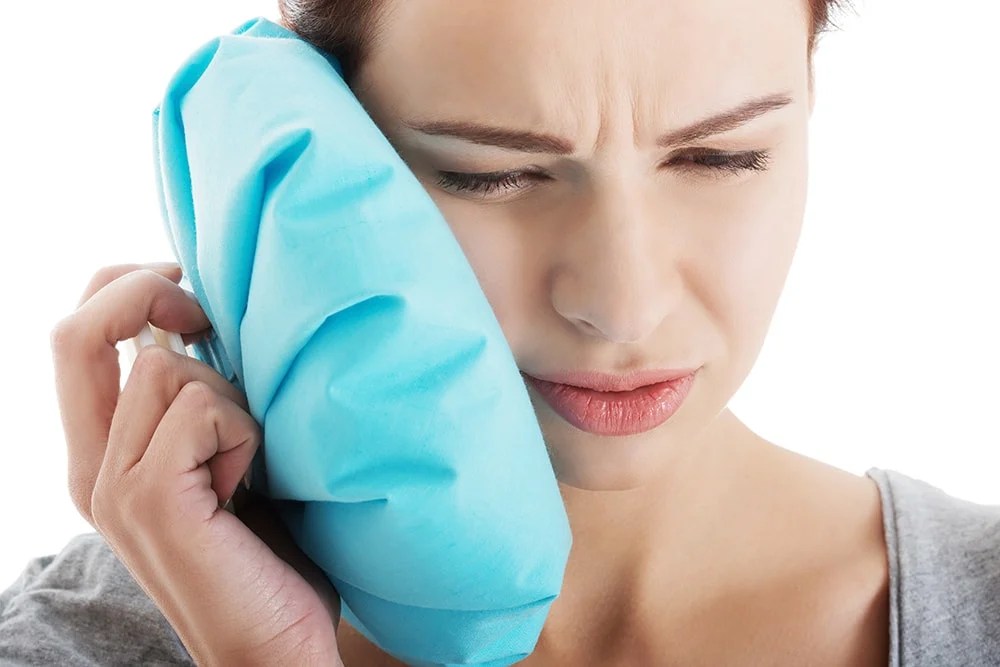Traumatic Dental Injuries
Dental trauma—a wound to the teeth, gums or jaws produced by a sudden physical force—can affect anyone at almost any time. While contact sports are one major cause of dental trauma, accidents and falls in the home and motor vehicle collisions cause far more injuries to the teeth, both minor and serious. Regardless of the cause, trauma victims have a better chance of full recovery if they receive appropriate first aid and prompt treatment.
It’s important to know what to do when a dental emergency happens, and to take quick action when needed. It is equally important to make sure that the injured person sees a dentist in a reasonable amount of time, depending on the nature of the injury. Some injuries require immediate medical attention, while others can wait for 12 hours or more; here are the most common types of dental trauma, and some guidelines for handling them.
Knocked-Out Tooth
When a permanent tooth is completely knocked out from its socket (the term used is avulsed), immediate action is needed to give you the best chance of saving it—and every moment counts. First, recover the tooth and, if it is dirty, gently clean it with water—but avoid handling the tooth by its roots. If possible, put the tooth back in its socket, facing the correct way, and hold it in place with a damp tissue or gauze. If that isn’t possible, place the tooth between the cheek and gum, or into a plastic bag with the patient’s saliva, or in a cup of cold milk. Control bleeding by applying pressure to the area, and then go to the dental office or emergency room immediately. If a primary (baby) tooth is knocked out in an accident, it is not normally re-planted; however, treatment may still be needed. You should first control any bleeding, then make the child comfortable and seek the advice of a dental professional.
Loosened or Displaced Tooth
Even if it isn’t knocked out, a tooth may be displaced laterally (sideways) or pushed deeper into or out of its socket as a result of physical injury. In this case, it’s vital to see a dentist or dental specialist within six hours of the accident. A complete examination is needed to determine the extent of injury and to guide treatment. Loosened teeth are often stabilized with a splint, and may require root canal therapy; with appropriate treatment, however, they can often be preserved.
Broken Tooth
If a tooth is broken off or deeply fractured (cracked), it should receive professional treatment within 12 hours. The chances of saving it depend on where the break occurred, how severe it is, and the overall condition of the tooth’s pulp (nerve tissue) and the surrounding area in the jaw. Treatment may include splinting, root canal therapy or extraction, depending on the circumstances—but timely care can help bring about the best outcome.
A chipped tooth can generally be restored quite successfully. If chipping is minor and doesn’t extend into the tooth’s pulp, it can often be treated by cosmetic bonding at a scheduled office visit. If more of the tooth’s structure is missing, a dental crown and/or other treatments may be needed. Teeth that are loose, tender to the touch, or missing larger pieces should be examined in the dental office within 24 hours—unless the pain becomes significant. If pieces of the tooth are recovered, bring them with you when you go to the dentist.
Jaw Pain Due to Injury
Jaw pain that results from a traumatic injury may indicate a broken bone, damage to the jaw joint, a gum injury, and/or injured teeth. Apply ice immediately to reduce pain and swelling. If there is no bleeding, the jaw seems to be functioning without limitation, there is no displacement and the teeth are coming together properly when you bite, it is less likely anything is broken. However, x-rays may be necessary to determine if you have a hairline crack in the jaw bones. If you have pain or any doubts as to the seriousness of your condition, get an exam as soon as possible.

 Login
Login